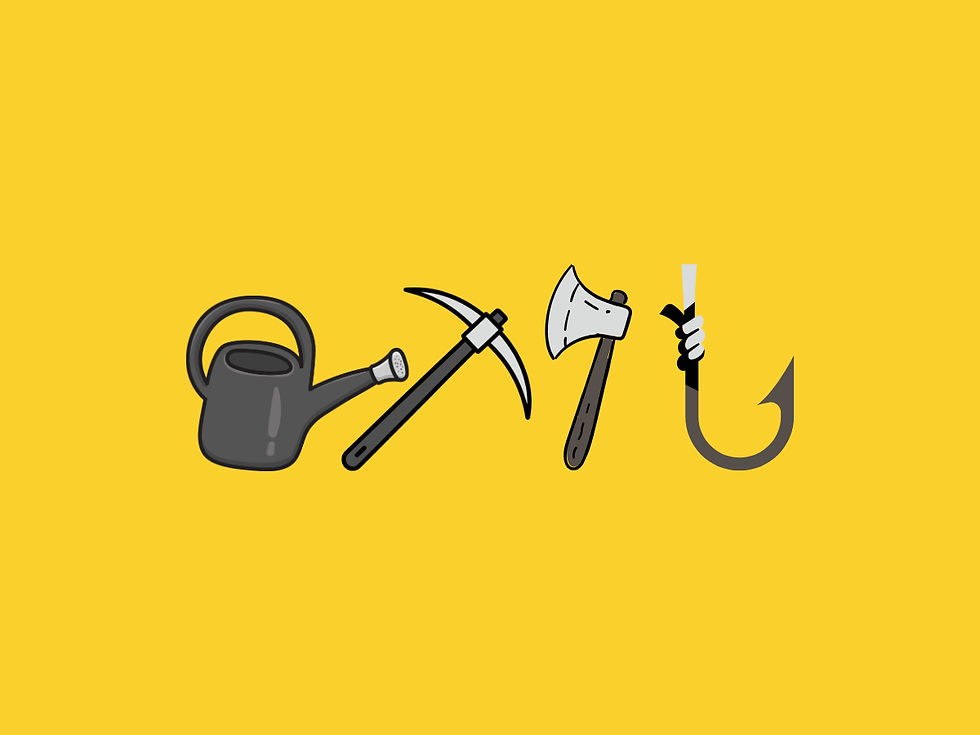The Invisible Parts
- Shum
- Jan 22, 2023
- 2 min read
I was cleaning something the other day and I thought to myself how easy it is to clean what we see.
The parts that are obvious.
The outer layers.
It's much harder to bend down, turn yourself upside down, and look into the parts we don't see.
The neglected parts.
These parts are equally important.
Just like any visible part, the invisible parts gather dust too.
Even if we know they exist, it's so easy to overlook them.
You might think I'm being a bit figurative here, and you're right.
I am also being very literal.
When was the last time you cleaned under something? Behind something? Inside something?
Why is it so easy to clean what we see?
Well, because we see it. Which means that when we clean it, our progress is visible.
You could see the dust, now you longer see the dust.
When you clean an invisible part, your progress is also invisible.
If you ignore the invisible parts for too long, the visible parts will eventually be affected.
A little while ago, I wrote about something called The Feelings Column (two-minute read).
One sentence summary: Behaviours are visible, feelings are invisible.
Behaviours are obvious, easy to clean (examples from parenting young children):
Stop yelling! Stop throwing! Stop hitting! Shhhhhh! Don't use that word!
Feelings not obvious, nor easy to clean (again, examples from young children):
I'm embarrassed (so I'm going to throw things to hide that), I'm afraid (so I'm going to shout really loud), I'm jealous (so I'm going to hit my sibling), and my favourite ... I'm ashamed (so I'm going to yell I hate you).
Don't ignore the invisible parts. They're what make the visible parts work.




Comments